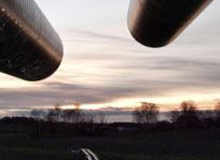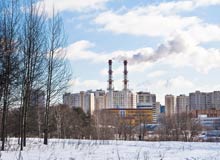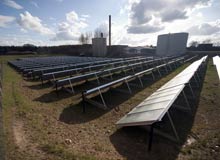A new report on the Role of Solar Thermal in Future Energy Systems was recently published by Aalborg University.
“The role of Solar thermal in Future Energy Systems – Country cases for Germany, Italy, Austria and Denmark” investigates possible roles for solar thermal in future energy systems in these four countries and its main conclusions and recommendations can be summarized as follow:
- The energy system design is crucial in terms of solar thermal feasibility;
- The solar thermal penetration is crucial for the solar thermal potential;
- Based on the analyses in this report the technical solar thermal potential is in the range of 3-12% of the heat production;
- Installing solar thermal could lead to higher energy system socio-economic costs;
- Solar thermal could ease the pressure on scarce renewable resources such as biomass;
- Solar thermal will be competing with other renewable sources in a high-renewable energy system;
- Some advantages of solar thermal decrease in a high-renewable energy system;
- A full energy system perspective is required to analyse the feasibility of solar thermal;
- The findings in this study apply to a variety of energy system types;
- Certain factors might improve the solar thermal feasibility;
- Further research is required regarding the role of solar thermal in future energy systems.
This report is based on research performed by Aalborg University with the collaboration of Subtask A project partners Sebastian Herkel and Andreas Palzer from Fraunhofer ISE, Marcus Hummel and Richard Büchele from the Technical University of Vienna as well as Bengt Perers and Simon Furbo from the Technical University of Denmark. Additional collaboration with other subtask project partners has contributed to enhancing the methodology and reporting of the research. Contributions from Rasmus Lund from Aalborg University are also appreciated.
This report was founded by Danish Energy Agency through the EUDP programme (Energy technology Research and Development programme).
Tweet
FUNDED BY
![]()








